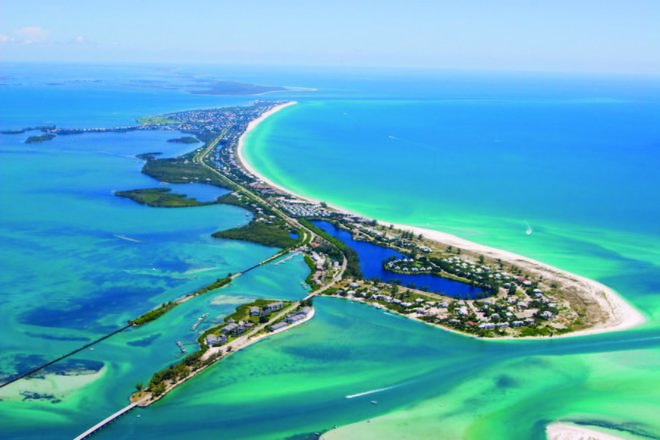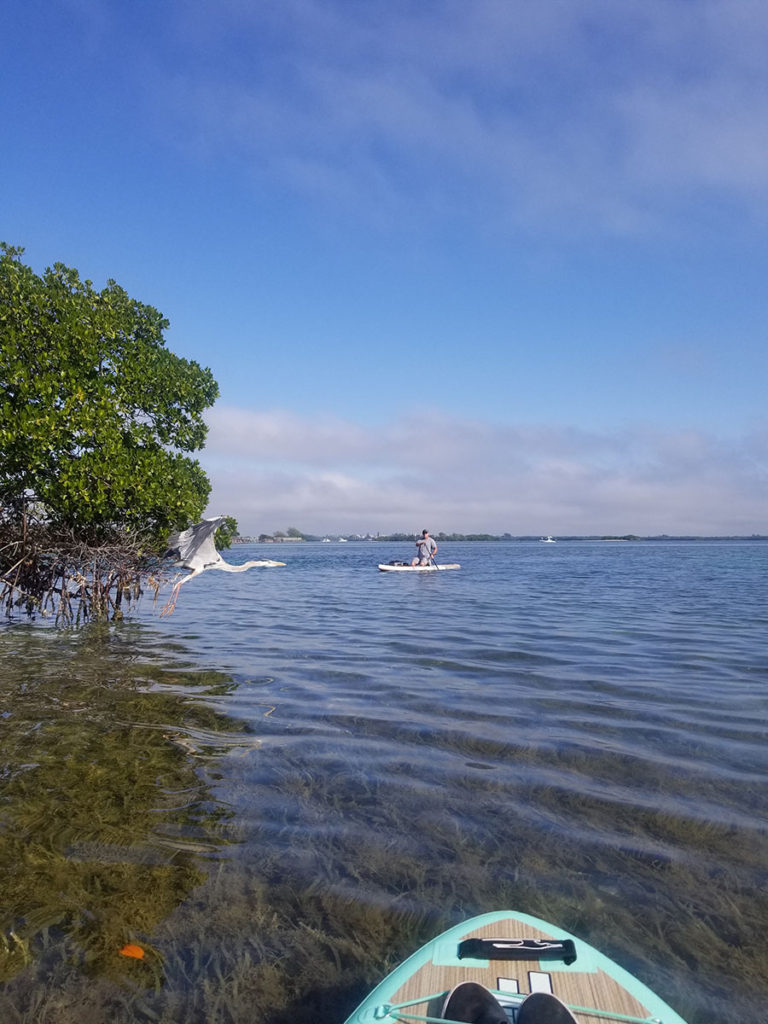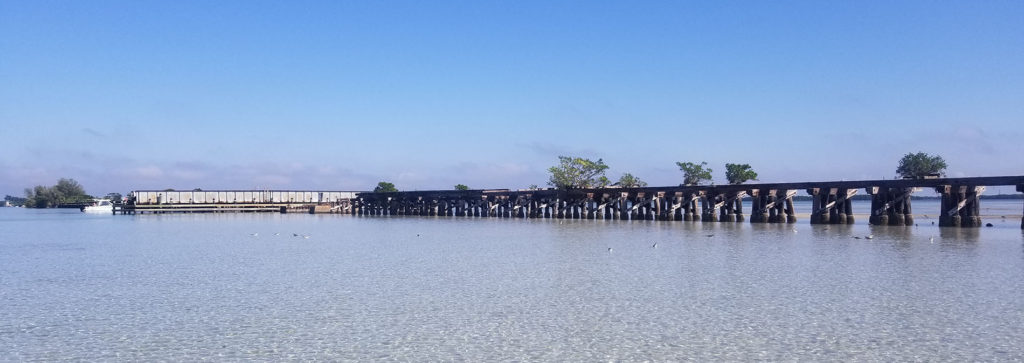Old Age: The estuary that enlarges and spreads itself grandly as it pours into the Great Sea. – Walt Whitman
Estuary or Sanctuary?
Perhaps it’s just the kid in me, but the first time I heard the word estuary, I had thoughts of an animated Quasimodo up on the bell tower of Notre Dame yelling to the people of Paris “Estuary”! Ya, that’s not how it happened in the movie, but definitely in my head.
What is an estuary?
Well, with all seriousness aside, it is in fact a sort of sanctuary for marine life.
The estuary is defined as “the tidal mouth of a large river, where the tide meets the stream”, but it is so much more than that. An estuary is a marine ecosystem found all over the world. There are four types of estuaries, Coastal Plain, Tectonic, Bar-built, and Fjord.
They are where the sea meets and mixes with fresh water from rivers or streams that let out into them. This water mixture is known as brackish water and has a lower salt concentration than the nearby ocean and more than the rivers and streams that pour into them. The salinity and temperature of the water will change throughout the year, depending on weather and seasons.
Estuaries are one of the most productive marine environments on the planet and home to a variety of marine plants and species that are adapted to the lower salt life and reside there permanently. There are also migrating species that make estuaries a temporary home throughout the year.
These individuals use their estuaries as feeding and breeding grounds. An estuary is usually free of predators, making them a great place to set up nurseries. So, as you see, they are sanctuaries for many marine species.
As I said before, there are four types of estuaries. The type that I will be referring to here will be the coastal plain and bar-built types.
Coastal Plain (or drowned river valley): Formed when the sea levels rise, causing river valleys to become flooded. An example would be Tampa Bay.
Bar-Built: Formed when a barrier, such as an island or beach separates the shallow waters of the estuary from the ocean on the other side. An example would be Charlotte Harbor with the island of Boca Grande being the barrier.
AHOY THERE MATEYS, WHO GOES THERE?
Estuaries are full of life year-round. You can find many jewels in Florida estuaries year-round but you may find some rarer gems only at certain times of the year. Depending on the estuary you exploring, you can find a variety of sea life. At the sandbar in Charlotte harbor, you can find seastars, sea urchins, several types of tunicates, anemones, and a variety of mollusks and bivalves. In the shallows of Lemon Bay, you will find hundreds of jellies known as Cassieopias. The larger animals like Dolphins, Manatees, and even sharks, can vary depending on the time of the year and food availability. Certain parts of Boca Grande can almost guarantee to see a manatee if the season is right. No matter where you are, you will see a variety of birds and fish throughout the year as well.



THE SALTY SIDE OF LIFE
Though estuaries can be described as a Garden of Eden for marine life, it is slipping away from paradise as we speak. Along with coral reefs, estuaries are one of the most endangered ecosystems.
What is causing them to be endangered?
So glad you asked, and trust me, we will be discussing these individually and more in-depth as this site builds. For now, overfishing, pollution, and urbanization threaten the life of these estuaries around the world, but you don’t have to go any further than along the coast of Sarasota County, where you can smell its demise burning your flaring nostrils during periods of increased red-tide, which leads to the higher fish kill.
Currently, there are several issues going on at once that are causing fish kills (sudden and unexpected death of a large number of fish and marine life over a short period of time) in the thousands, and the high death counts of local manatees, currently over 900 at the time of this post. We will discuss all of these issues in additional blogs. My hope is to interview local eco-warriors who are way more knowledgable about environmental issues here in Florida, and who are here to expose the truth by sharing ways we can all work together to start the must-needed repair work. Estuaries are teaming with delicate lives that live in a delicate environment. Both, need to be respected and protected.
How Can You Help?
There are many things you can do to help protect your local estuaries.
- Respect the environment
- Be mindful of your vessel and how it can damage the homes of others
- Obey the mariner rules
- If it’s living, don’t take it out.
- If it’s not living, consider if it would make a home for some in the future.
- If you bring it in, take it out.
- If someone left it, take it out for them.
- Use organic fertilizers and natural pesticides, especially if you live along the rivers that flow into the estuaries.
- Become educated on how to treat the animals that live in the estuaries.
- Spread your knowledge.
- Join groups that seek to protect estuaries and educate the public.
- Follow and support other eco-warriors and earth stewards and learn from their knowledge and experience.
- Become a Florida Master Naturalist in Coastal Systems – FMNP
Stay Salty and Stay Connected,
Kelley
RESOURCES
- Florida Department of Environmental Protection
- National Estuary Program
- CHNEP – Charlotte Harbor National Estuary Partnership
- One Lagoon – Indian River National Estuary Program
- Sarasota National Estuary Program
- Tampa Bay Estuary Program
- Sea Grant Florida
169 total views, 2 views today


